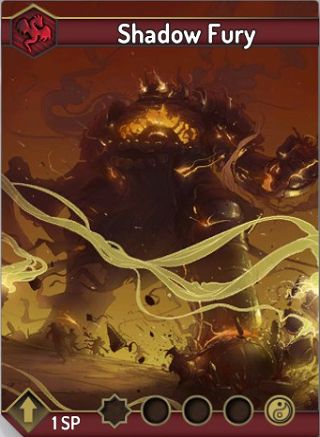
The levels also look great, the game placing you in a range of environments including a beautiful property of ponds, cherry blossom trees and traditional Japanese architecture, with what appears to be Mount Fuji in the distance a town besieged by demons a shadowy bamboo forest and a mountain fortress. Although the game’s structure is linear, the levels themselves are often pretty large and contain plenty of secrets to encourage exploration. Shadow Warrior shines in areas besides combat, with one of these being the level design. The game usually throws enemies at you in large numbers in spacious, arena-like areas, and the action can be very fast and frantic as you stay on the move, blasting and slashing away while avoiding incoming attacks, switching between weapons depending on your ammunition situation – something which becomes increasingly important in later battles and which helps to keep the combat fresh by encouraging you to experiment with your arsenal.Īnother way in which the game provides this encouragement is by scoring your performance at the end of each battle and rewarding you with a commensurate amount of karma points, as mixing up your play-style and killing enemies in different ways helps to improve your score, and in turn your earned karma points can then be spent on various character upgrades.Īlthough there isn’t a huge amount of enemy types considering the sheer number of foes you’ll face during the game, the available types do their part in keeping the combat interesting, with some focusing on melee while others attack from range, some enemies fly while others carry large shields, and some can transform into faster, more aggressive versions of themselves. In fact, the combat as a whole feels great, which is obviously vital when it’s the driving force of the game, as is the case in Shadow Warrior. Although the katana can sometimes be a little imprecise when you’re trying to slash in a specific direction, it’s always fun to use. The katana can be swung in different directions and a number of special moves can be unlocked for it, making it even more lethal.


There’s also further depth to the weapon system: some weapons can be dual-wielded, secondary fire modes offer alternate options, and weapons can be upgraded with money found throughout the game-world.įor those who like their demon-maiming up-close-and-personal, Wang is armed with a katana capable of separating enemies into multiple pieces. And so your mission becomes the retrieval of these scattered swords, although standing between you and them are a vast number of hostile demons.Ĭue copious amounts of shooting, blasting, burning, slashing, and generally being showered in the blood, heads, limbs, and organs of those demons foolish enough to get in your way, the game providing you with an expanding selection of weapons to choose from as you progress, including a handgun, submachine gun, rocket launcher, crossbow, severed demon head, and more.

Unsurprisingly, things rapidly go south, and before you know it you’ve bonded with an amnesiac demon named Hoji who informs you that the Nobitsura Kage is actually three swords. You play as Lo Wang, an assassin and general problem-solver (and source of said wang puns) working for a powerful Japanese businessman, your task at the beginning of the game being to retrieve an ancient katana named the Nobitsura Kage. How many wang puns can be crammed into one videogame? Well, with 2013’s Shadow Warrior, developer Flying Wild Hog and publisher Devolver Digital did their best to find out, God bless them.Ī remake of the 3D Realms-developed 1997 original, Shadow Warrior is an action-packed first-person shooter which combines a present-day Japan setting with fantastical mythological elements, the mash-up of which sees you mowing down hordes of demons (and occasionally human enemies) throughout the game’s numerous environments. But what about the middle-ground? What about those games which don’t necessarily belong in either category and instead fall somewhere in between? These “Stuck In The Middle With” features are dedicated to looking at some games which, whatever their final level of quality, could be described as mid-tier releases. It seems that in recent years an increasing number of new videogames have been falling into one of two categories: high-profile, high-budget, “AAA” blockbusters or smaller-scale, low-budget, “indie” titles.


 0 kommentar(er)
0 kommentar(er)
